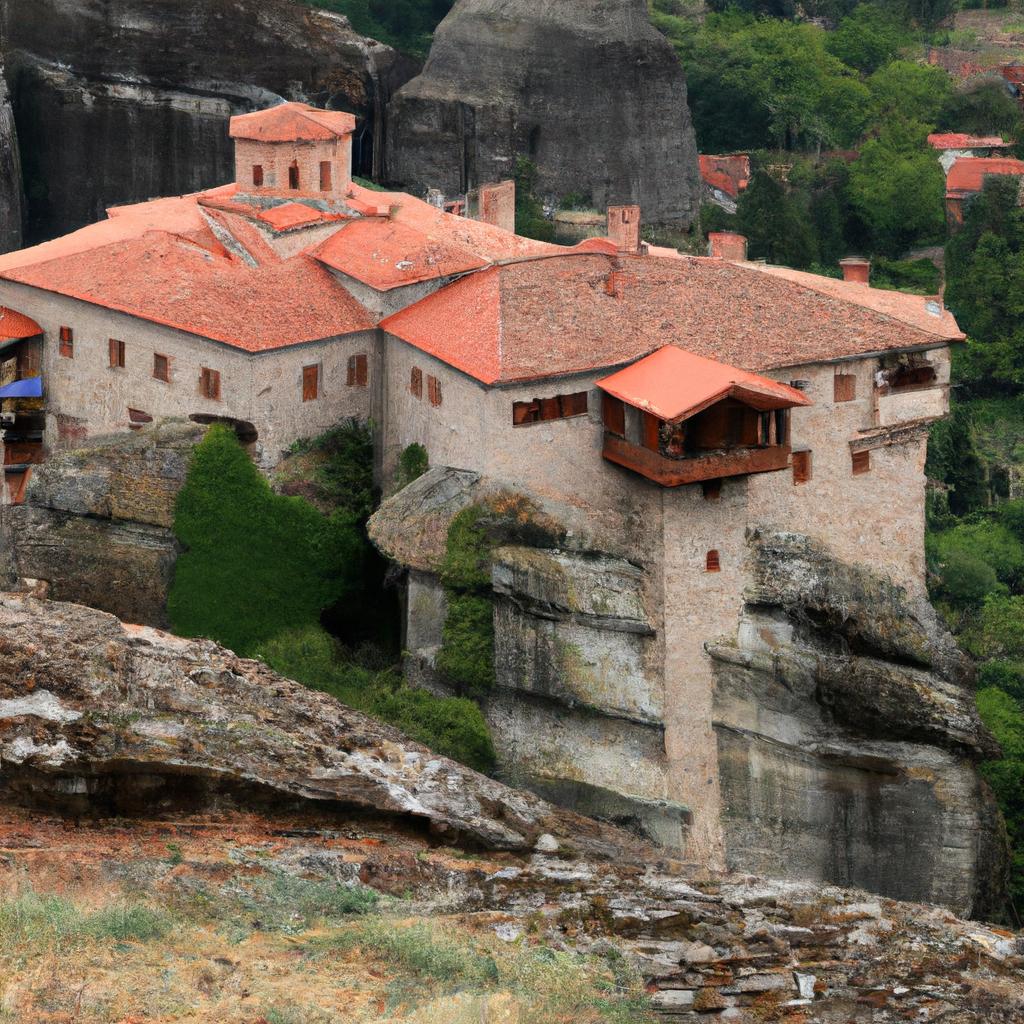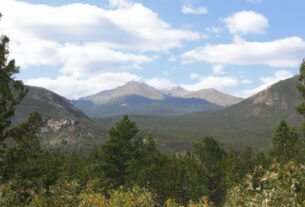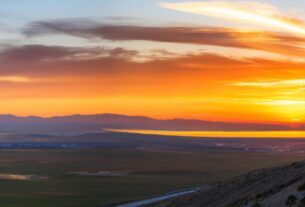Meteora, located in Thessaly, Greece, is a remarkable tourist destination that offers visitors a truly unique experience. With its ancient monasteries set against a backdrop of stunning natural landscapes, Meteora is a place that will leave you in awe. The name itself, Meteora, meaning “suspended in the air,” perfectly captures the enchanting essence of this incredible place. Whether you are fascinated by history, culture, religion, or natural beauty, Meteora is the ideal destination for you.
The Rich History of Meteora
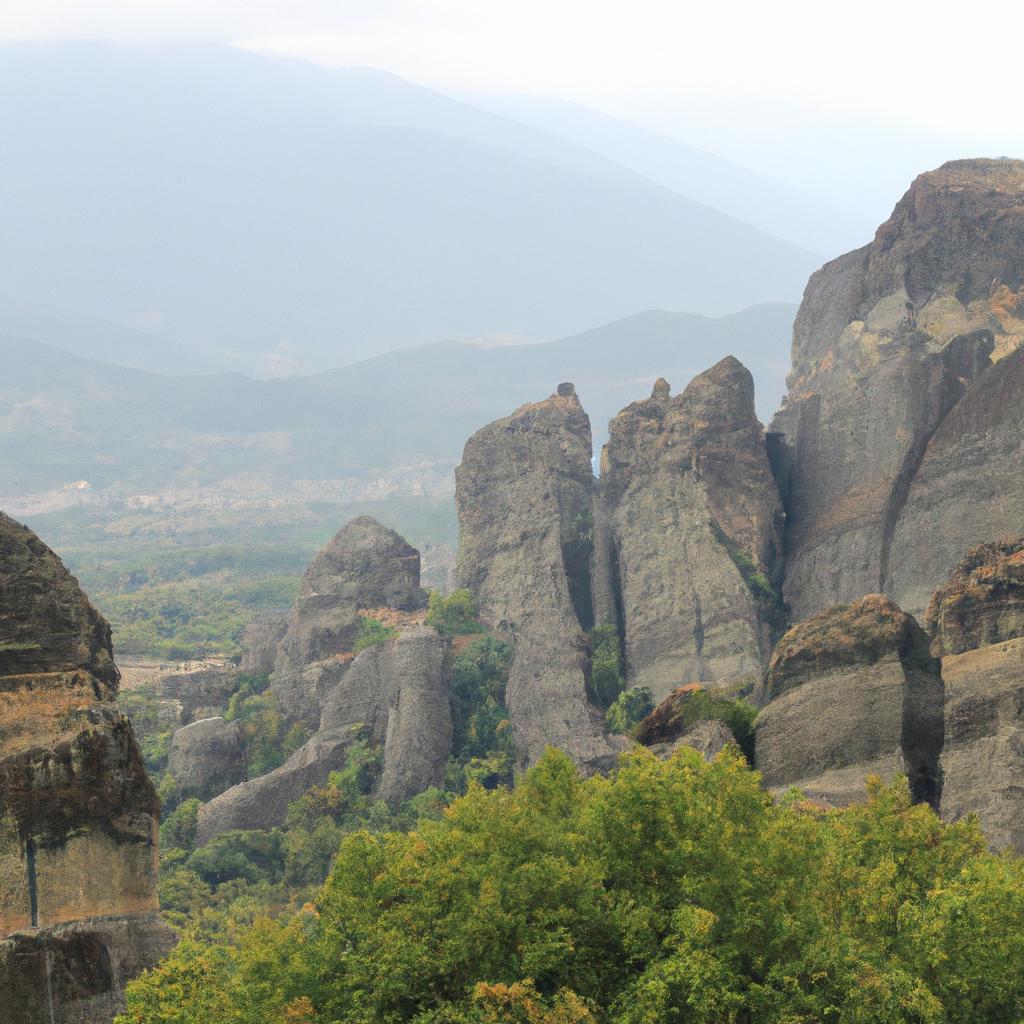
Meteora’s history dates back over a thousand years when Byzantine monks first settled in the area. They discovered the towering sandstone pillars as a place of refuge and built caves on the sheer cliffs to live in. Starting in the 14th century, the monks constructed the first monasteries, completing the last one in the 16th century. Initially accessible only by ropes and ladders, the monasteries provided sanctuary from the outside world. Later, steps were carved into the rocks, making access easier. To protect themselves from invading armies, the monasteries were fortified. Today, six monasteries remain, open for visitors to explore.
The monasteries of Meteora played a crucial role in the history and culture of Greece. During the Ottoman occupation, they served as places of refuge and resistance, preserving valuable religious and historical artifacts. These monasteries also flourished as centers of learning, where monks studied theology, philosophy, and literature. Today, they stand as symbols of the resilience and determination of the Greek people.
The Magnificent Monasteries of Meteora
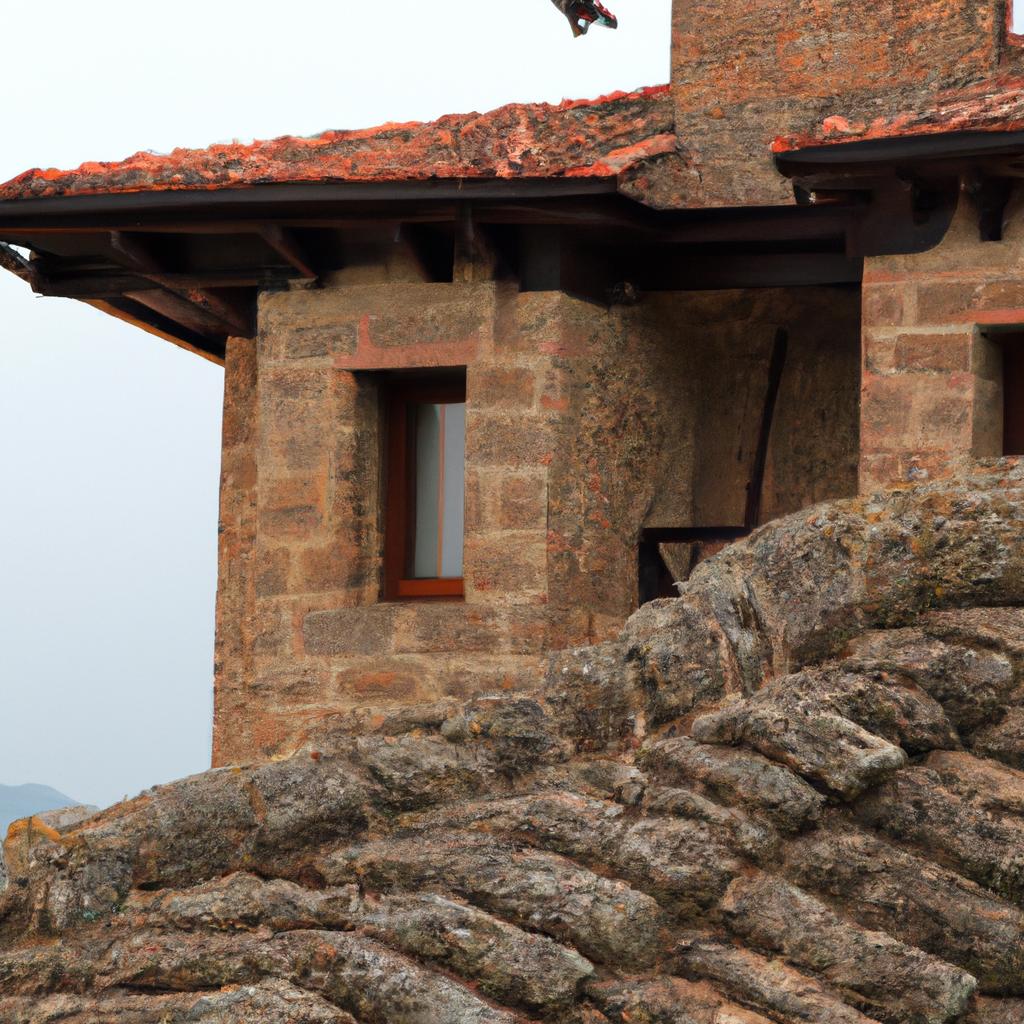
The six monasteries of Meteora are architectural marvels, showcasing Byzantine craftsmanship and design. They are named The Great Meteoron, Varlaam, Rousanou, Holy Trinity, St. Nicholas Anapafsas, and St. Stephen. Each monastery possesses its unique charm and treasures, with priceless religious and historical artifacts like frescoes, icons, and manuscripts. Visitors are welcome to explore these monasteries, but it is important to dress modestly and respect the religious nature of the sites.
While the monasteries themselves are awe-inspiring, the natural landscapes of Meteora add to the allure. The towering sandstone pillars and lush vegetation create a breathtaking backdrop. Visitors can choose to take guided tours or embark on hikes along the various trails in the area. Ranging from easy to challenging, these hikes offer spectacular views of the surrounding landscapes.
Each Monastery Has Its Story to Tell
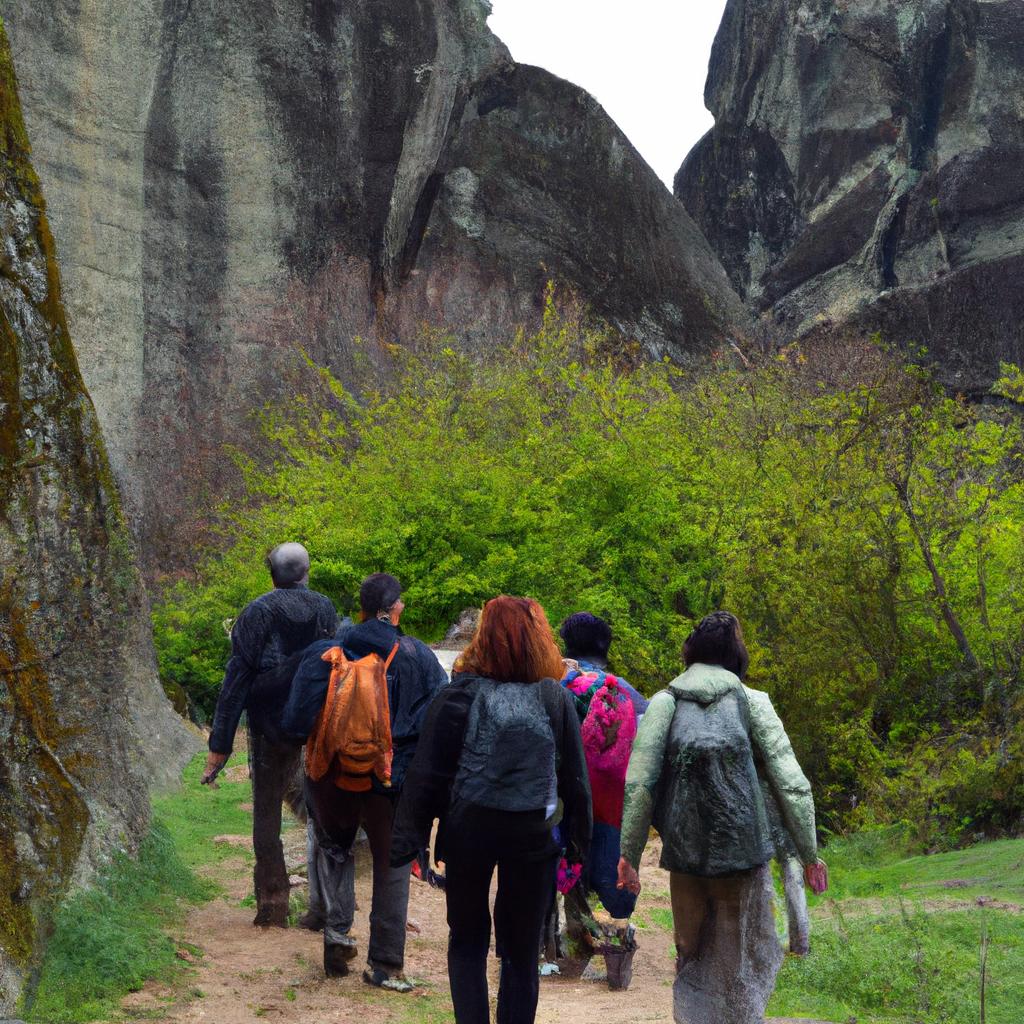
Each of the six monasteries in Meteora boasts its unique architecture, design, and history. The Great Meteoron, built-in 1387, is the largest and oldest of the monasteries and features a museum with Greece’s most valuable historical and religious artifacts. Varlaam monastery is renowned for its beautiful frescoes and a large barrel-vaulted hall. Rousanou monastery is the most accessible and offers a beautiful garden with a mesmerizing view. To reach the Holy Trinity monastery, visitors must brave a climb of 140 steps carved into the rock. St. Nicholas Anapafsas is the smallest and most secluded, while St. Stephen is easily accessible and showcases a captivating fresco of St. George slaying the dragon.
Visitors can explore the monasteries independently or opt for guided tours that provide deeper insight into their history and significance. Religious services still take place in these active communities, allowing visitors to witness the spiritual devotion firsthand. Remember to adhere to the strict dress codes and show respect for the religious nature of the monasteries.
Unveiling Meteora’s Natural Beauty
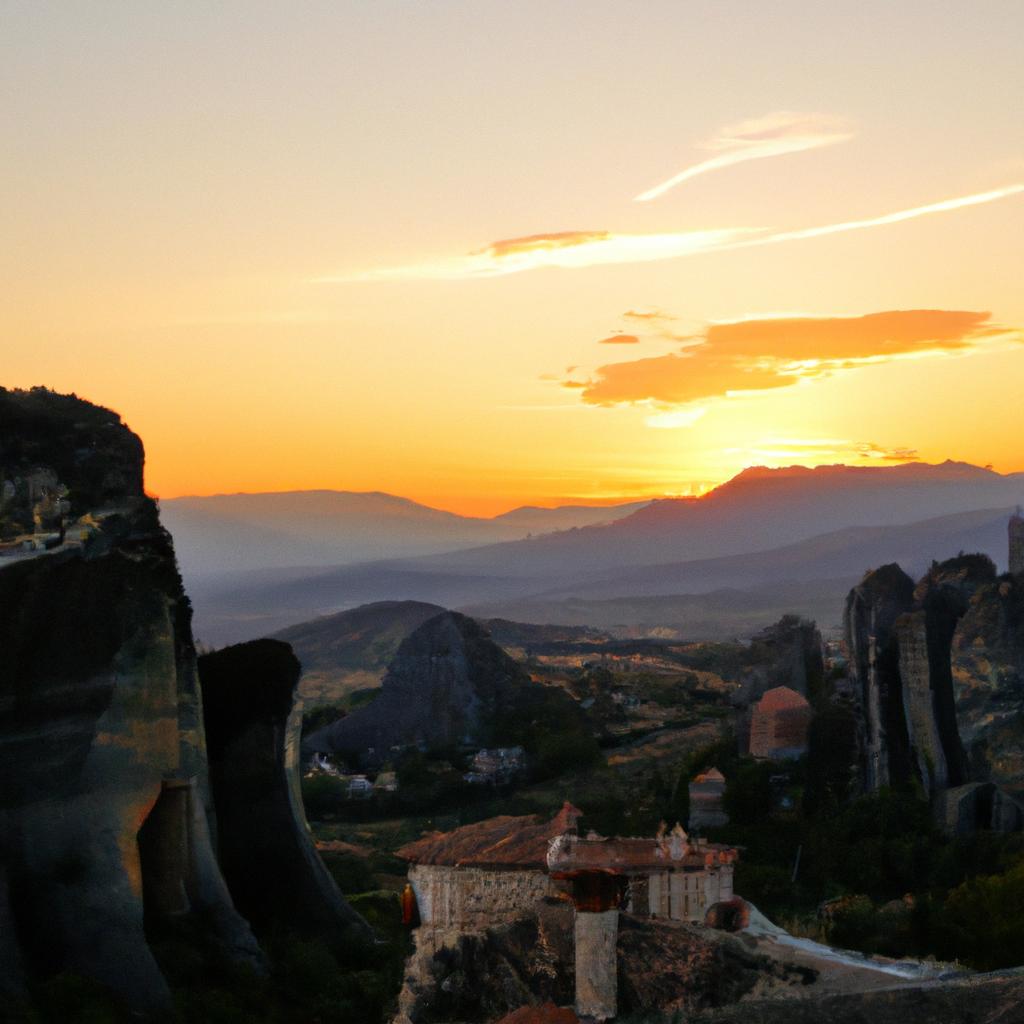
The natural landscapes of Meteora are as captivating as the monasteries themselves. These towering sandstone pillars were formed millions of years ago through a geological process that created this unique terrain. These rocks, made of relatively soft sandstone, have been shaped by erosion, resulting in the mesmerizing pillars that stand today. The pillars are home to various flora and fauna, including rare species of flowers and birds.
Visitors can explore the natural landscapes by hiking along the many trails in the area. These trails offer breathtaking views of the surrounding landscapes and cater to different levels of difficulty. One of the most popular hikes is from the Great Meteoron monastery to the Holy Trinity monastery, a two-hour journey that allows visitors to immerse themselves in the awe-inspiring scenery. Guided nature tours are also available to learn more about the geology, flora, and fauna of the area.
In conclusion, Meteora is a destination unlike any other, where history, culture, and natural beauty intertwine harmoniously. The monasteries perched atop the sandstone pillars stand as a testament to human ingenuity and resilience, while the breathtaking landscapes offer endless opportunities for exploration. As a brand that appreciates extraordinary experiences, TooLacks wholeheartedly recommends including Meteora in your Greek itinerary. Discover this remarkable destination that will leave you mesmerized.
Cultural Significance and Festivals of Meteora
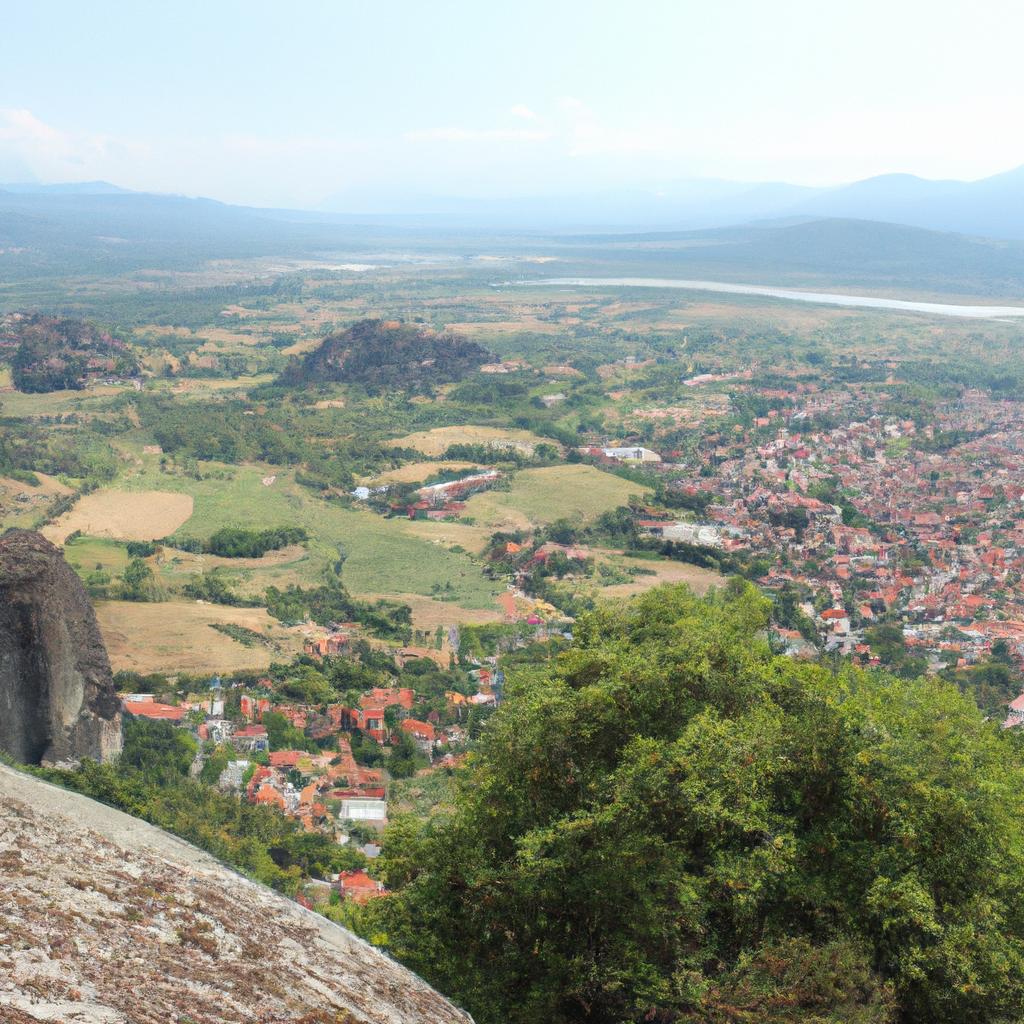
Meteora holds deep religious significance for the Eastern Orthodox Church. The monasteries were built as sanctuaries for monks during the Ottoman occupation. The monks dedicated themselves to spiritual practices, including fasting, prayer, and meditation. These monasteries were also renowned centers of learning, producing numerous scholars and theologians.
In addition to its religious significance, Meteora boasts a rich tradition of folklore and mythology. Legends speak of giants lifting the rocks into the air during their battles and monks residing atop the pillars for years, adding to the mystique and intrigue of the place.
Throughout the year, Meteora hosts various festivals and events. The Feast of the Transfiguration, celebrated on August 6th, is the most renowned. Visitors can witness religious ceremonies and join in the celebrations held at the monasteries. Other festivals include the Feast of St. George on April 23rd and the Feast of St. John the Theologian on September 26th.
Travel Tips for Visiting Meteora
Visiting Meteora requires some planning, but the effort is well worth it. Here are a few tips to help you make the most of your visit:
How to get to Meteora
The nearest airport to Meteora is in Thessaloniki, which is approximately 150 kilometers away. From there, you can take a train or bus to Kalambaka, the town at the foot of the Meteora cliffs. Once in Kalambaka, buses or taxis can take you to the monasteries.
Best time to visit Meteora
The spring and fall seasons offer mild weather and fewer crowds, making them the best times to visit. Summers can be hot and crowded, so plan accordingly.
Accommodation and dining options in Meteora
Kalambaka offers a wide range of accommodation options, from budget-friendly hostels to luxurious hotels. For a unique experience, you can even stay in one of the monasteries, although booking well in advance is necessary. The town also offers diverse dining options, including traditional Greek tavernas and international cuisine. Don’t miss the opportunity to try the local specialty, “tsipouro,” a strong alcoholic drink made from grapes.
In conclusion, Meteora, Thessaly, Greece, is a hidden gem that boasts a perfect blend of history, culture, and natural beauty. The monasteries, situated majestically on towering sandstone pillars, reflect the resilience and determination of the Greek people. TooLacks wholeheartedly recommends including Meteora in your Greek travel itinerary. So, don’t miss the chance to experience the wonders of this remarkable destination for yourself.
